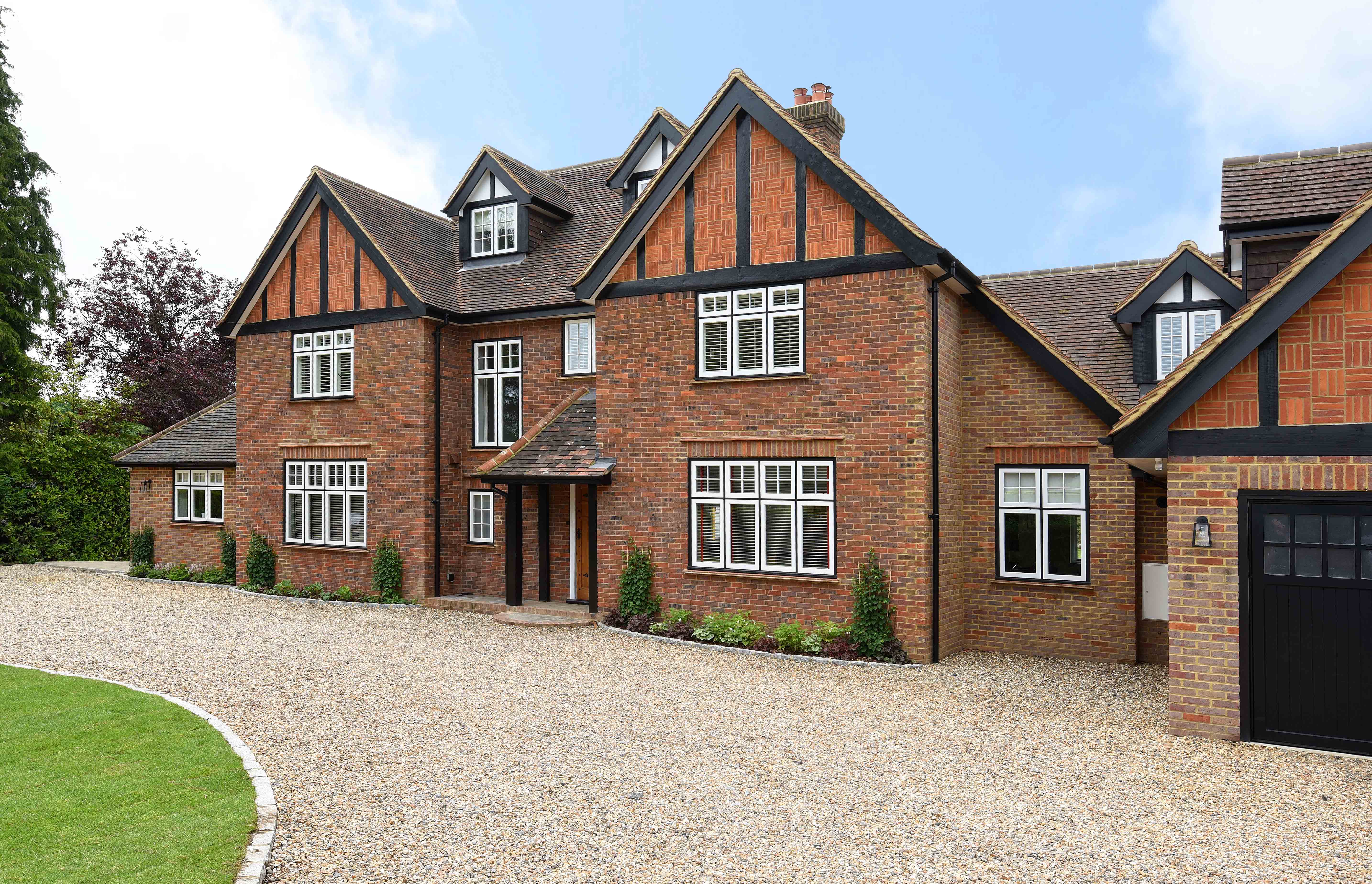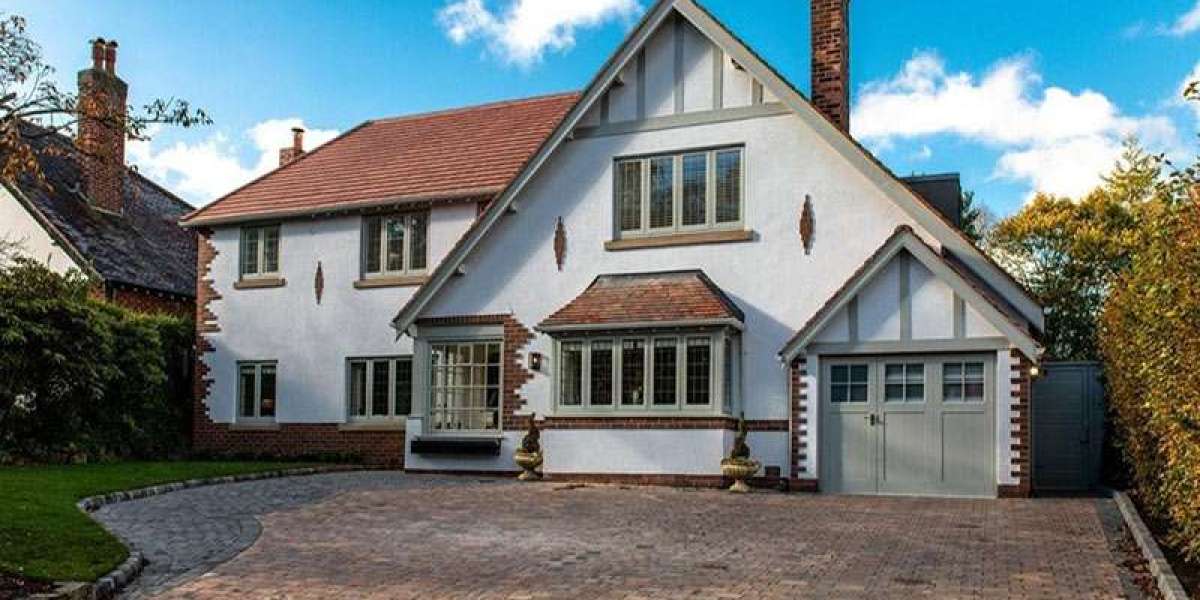In recent years, the window installation industry has witnessed significant advancements, particularly with the integration of smart technology and automated systems. These innovations not only improve the efficiency and ease of installation but also enhance the performance and functionality of windows in residential and commercial buildings. This article explores the latest developments in window installation, focusing on smart windows and the automation of installation processes, which represent a demonstrable advance over traditional methods.
Smart Windows: A New Era of Functionality
Smart windows, also known as dynamic or switchable windows, are a groundbreaking development in the window installation landscape. Unlike conventional windows, which are static and unresponsive to environmental changes, smart windows can adjust their properties in real-time to optimize energy efficiency and indoor comfort. These windows utilize advanced materials and technologies, such as electrochromic, thermochromic, and photochromic coatings, which allow them to change their tint or opacity based on external conditions.

Energy Efficiency and Sustainability
One of the most notable advantages of smart windows is their ability to enhance energy efficiency. By adjusting their tint based on sunlight intensity, smart windows can reduce the need for artificial heating and cooling, leading to significant energy savings. For instance, during hot summer months, smart windows can darken to block excess sunlight, thereby keeping indoor spaces cooler and reducing air conditioning costs. Conversely, in colder months, these windows can allow more sunlight to penetrate, providing natural warmth and reducing heating expenses.
The incorporation of smart windows into new building designs is also aligned with sustainability goals. As more construction projects aim for LEED (Leadership in Energy and Environmental Design) certification, the use of energy-efficient materials becomes crucial. Smart windows contribute to a building's overall energy performance, making them a desirable choice for environmentally conscious developers and homeowners.
Enhanced Comfort and Well-being
Beyond energy efficiency, smart windows significantly enhance indoor comfort. By controlling glare and maintaining optimal light levels, they create a more pleasant living and working environment. This is particularly beneficial in spaces with large windows or those that face direct sunlight. Moreover, smart windows can help regulate indoor temperatures, ensuring that spaces remain comfortable year-round.
The health benefits of smart windows extend to improved mental well-being as well. Natural light has been shown to positively impact mood and productivity, and smart windows facilitate the right balance of light without the discomfort of glare or excessive heat.
Automated Installation Systems: Streamlining the Process
In addition to the advancements in window technology, the installation process itself has evolved significantly. Traditional window installation can be labor-intensive and time-consuming, often requiring multiple workers and complex procedures. However, the advent of automated installation systems is transforming how windows are fitted into buildings.
Robotics and Precision Engineering
One of the most exciting developments in window installation is the use of robotics and precision engineering. Automated systems can handle the heavy lifting and precise placement of windows, reducing the risk of human error and ensuring consistent quality. These robotic systems are equipped with advanced sensors and cameras, allowing them to assess the installation environment and make real-time adjustments as needed.
For example, robotic arms can be programmed to lift and position windows accurately, ensuring that they fit perfectly into their frames. This not only speeds up the installation process but also minimizes the risk of damage to the windows or the building structure. Moreover, the use of robotics can reduce labor costs, as fewer workers are needed on-site.
Prefabrication and Modular Construction
Another significant trend in window installation is the rise of prefabrication and modular construction. In this approach, windows are manufactured off-site in controlled environments, allowing for greater precision and quality control. Once completed, these windows can be transported to the construction site and installed quickly, further streamlining the installation process.
Prefabrication also allows for better integration of smart window technologies. Manufacturers can incorporate advanced features directly into the windows during production, ensuring that they are fully functional upon arrival at the installation site. This reduces the need for additional modifications and accelerates the overall construction timeline.
The Future of Window Installation
As smart technology and automation continue to evolve, the future of window installation looks promising. Innovations in materials science, robotics, and artificial intelligence are expected to drive further advancements in both window design and installation processes. For instance, future smart windows may incorporate sensors that monitor indoor air quality and adjust their properties accordingly, creating a more responsive and comfortable living environment.
Additionally, the integration of augmented reality (AR) and virtual reality (VR) technologies in the installation process could revolutionize how installers work. These technologies can provide real-time feedback and guidance, allowing installers to visualize the final outcome and make precise adjustments during the installation process.
Conclusion
The advancements in window installation, particularly through the development of smart windows and automated installation systems, represent a significant leap forward in the industry. These innovations not only enhance energy efficiency and indoor comfort but also streamline the installation process, reducing time and labor costs. As technology continues to progress, we can expect even more exciting developments that will further improve the way windows are designed, manufactured, and installed, ultimately leading to more sustainable and comfortable living and working environments. The future of window installation is not just about fitting glass into frames; it’s about integrating technology and efficiency to create a better built environment for all.







